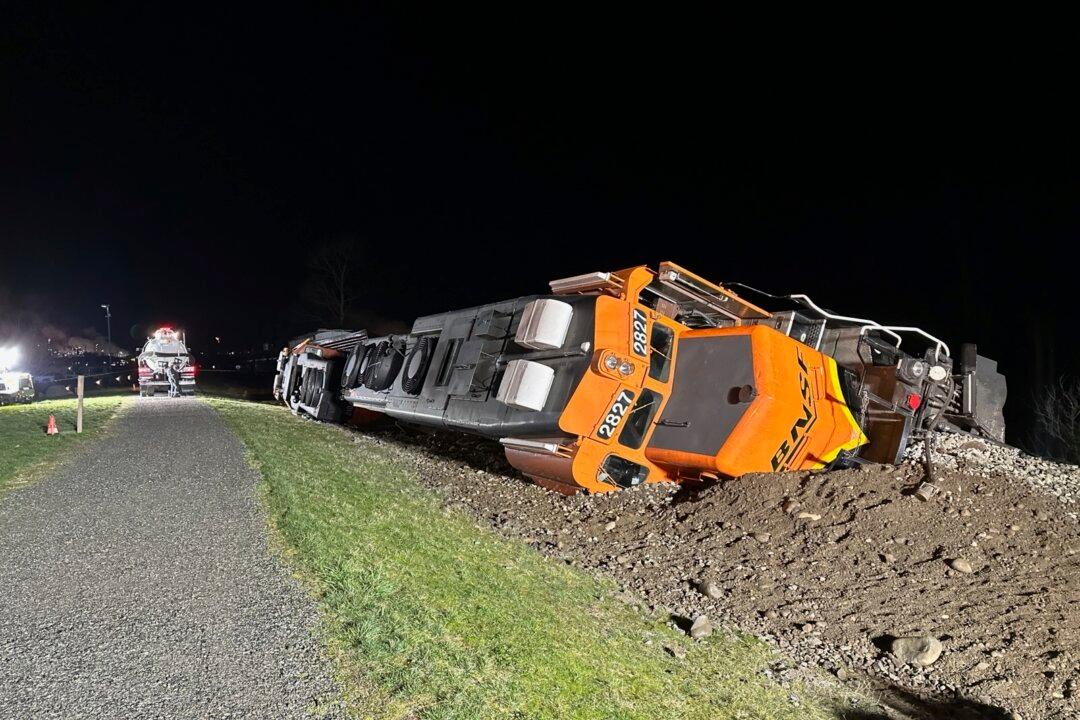According to the Federal Railroad Administration, a seven-car BNSF Railway train derailed in Puget Sound, Washington state, last week, spilling 3,100 gallons of diesel fuel.
Two cars were flipped on the ground when the train tried to pass a swinging bridge over the Swinomish Channel on Thursday (March 16) after leaving an oil refinery in Anacortes. Devices called “derailers” sit on both sides of the bridge, embedded in the railroad tracks, to force trains off the tracks when the bridge is open.





